
Chueca: Madrid's Vibrant Heartbeat
Discover Chueca: Madrid's vibrant and inclusive neighborhood, known for its lively atmosphere, eclectic shops, gourmet dining, and dynamic nightlife scene.
Chueca, nestled in the center of Madrid, is a lively and colorful neighborhood known for its vibrant energy and inclusivity. It has transformed from being a traditional district into a bustling area celebrated for its LGBTQ+ friendly atmosphere, making it one of the most welcoming and diverse places in the city. The neighborhood is named after the Spanish composer Federico Chueca and pays homage to his musical legacy. Chueca is a paradise for those who love shopping, dining, and nightlife. You will find an eclectic mix of boutique shops, trendy cafes, and gourmet restaurants lining its charming streets. The neighborhood is famous for its tapas bars where you can indulge in authentic Spanish cuisine. At night, Chueca comes alive with numerous bars and clubs, offering a dynamic nightlife scene that caters to all tastes. The neighborhood is also rich in culture and history. The Mercado de San Antón is a must-visit, offering an array of fresh produce, artisanal goods, and gourmet foods. Chueca is also home to several cultural venues, including theaters and art galleries, that showcase local and international talent. The beautiful Plaza de Chueca serves as the heart of the neighborhood, offering a perfect spot for people-watching and soaking in the local atmosphere.
Local tips in Chueca
- Visit the Mercado de San Antón for a taste of local produce and gourmet foods.
- Enjoy a stroll through Plaza de Chueca to experience the neighborhood's vibrant atmosphere.
- Explore the boutique shops for unique fashion and accessories.
- Try the tapas at one of the many local bars for an authentic Spanish culinary experience.
- Experience the nightlife by visiting the diverse bars and clubs in the area.
Chueca: Madrid's Vibrant Heartbeat
Chueca, nestled in the center of Madrid, is a lively and colorful neighborhood known for its vibrant energy and inclusivity. It has transformed from being a traditional district into a bustling area celebrated for its LGBTQ+ friendly atmosphere, making it one of the most welcoming and diverse places in the city. The neighborhood is named after the Spanish composer Federico Chueca and pays homage to his musical legacy. Chueca is a paradise for those who love shopping, dining, and nightlife. You will find an eclectic mix of boutique shops, trendy cafes, and gourmet restaurants lining its charming streets. The neighborhood is famous for its tapas bars where you can indulge in authentic Spanish cuisine. At night, Chueca comes alive with numerous bars and clubs, offering a dynamic nightlife scene that caters to all tastes. The neighborhood is also rich in culture and history. The Mercado de San Antón is a must-visit, offering an array of fresh produce, artisanal goods, and gourmet foods. Chueca is also home to several cultural venues, including theaters and art galleries, that showcase local and international talent. The beautiful Plaza de Chueca serves as the heart of the neighborhood, offering a perfect spot for people-watching and soaking in the local atmosphere.
Iconic landmarks you can’t miss
Royal Palace of Madrid
Discover the grandeur of the Royal Palace of Madrid, a historical landmark showcasing Spain's rich royal heritage and stunning architectural beauty.

Temple of Debod
Explore the Temple of Debod, an ancient Egyptian treasure in Madrid, surrounded by beautiful gardens and stunning city views.
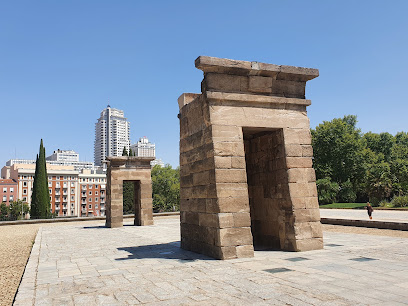
Puerta de Alcalá
Discover the grandeur of Puerta de Alcalá, a neoclassical monument and iconic symbol of Madrid, perfect for history lovers and photography enthusiasts alike.
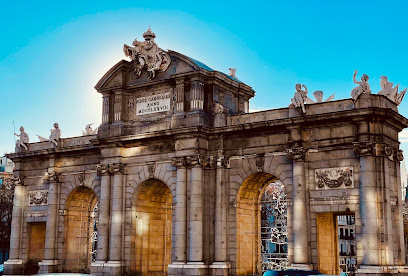
Casa de las Siete Chimeneas
Discover the enchanting Casa de las Siete Chimeneas, a historical landmark in Madrid with captivating stories and stunning architecture.
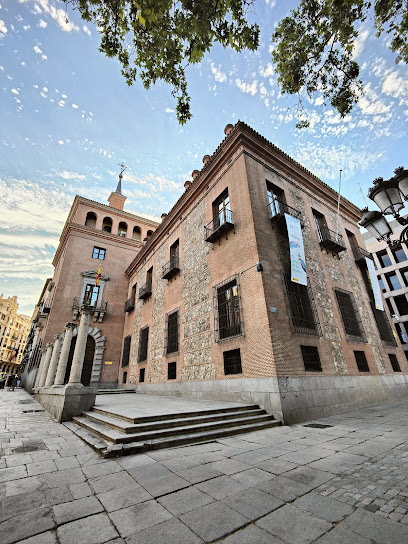
Jardines del Arquitecto Ribera
Discover tranquility at Jardines del Arquitecto Ribera, a beautiful garden in the heart of Madrid, perfect for relaxation and leisurely strolls.
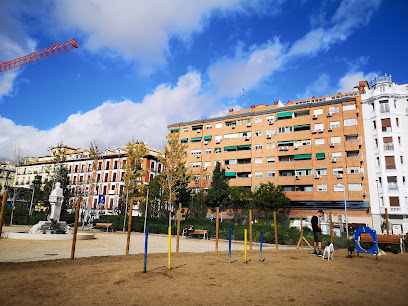
Fountain of Fame
Explore the enchanting Fountain of Fame in Madrid's Centro district, a vibrant blend of art, history, and culture you'll never forget.
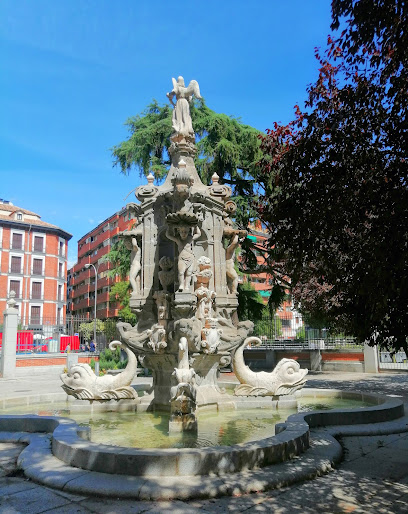
Monument to Federico Chueca
Discover the Monument to Federico Chueca in Madrid's Parque del Retiro, a cultural gem that celebrates Spanish musical heritage amidst beautiful park scenery.

Historical Walls
Discover the rich history of Madrid at the Historical Walls, a captivating landmark that showcases the city's timeless charm and architectural beauty.
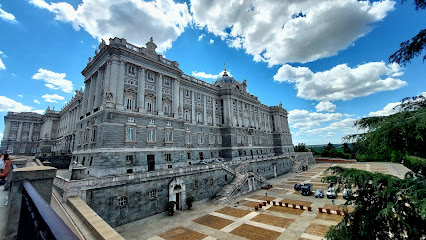
Placa conmemorativa a Federico Chueca
Discover the Placa Conmemorativa a Federico Chueca, a serene homage to the renowned composer in the heart of Madrid's vibrant Centro district.
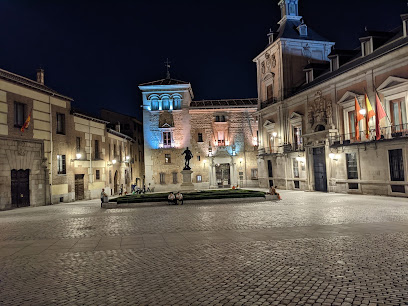
Plaza de Chueca
Experience the vibrant heart of Madrid at Plaza de Chueca, a cultural hub brimming with life, art, and community spirit.

Unmissable attractions to see
Círculo de Bellas Artes
Discover the vibrant art scene and breathtaking views at Círculo de Bellas Artes, Madrid's premier cultural center for art, cinema, and performance.
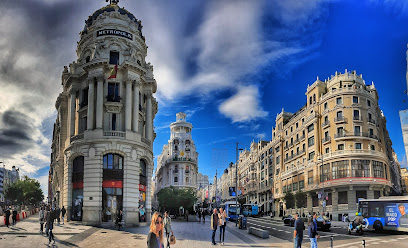
Plaza del Dos de Mayo
Explore the vibrant Plaza del Dos de Mayo in Madrid, a historic square surrounded by culture, cafes, and beautiful gardens.

Plaza de Chueca
Explore Plaza de Chueca, a vibrant cultural hub in Madrid, filled with rich history, diverse community vibes, and lively nightlife.
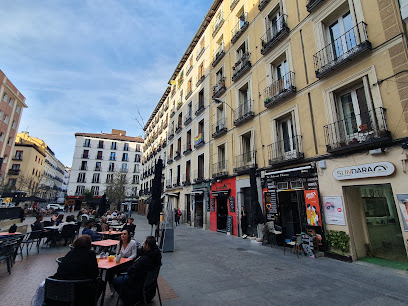
TU TUK TUK Madrid
Discover Madrid's vibrant culture and history through unique tuk-tuk tours and local insights at TU TUK TUK Madrid, your gateway to unforgettable experiences.
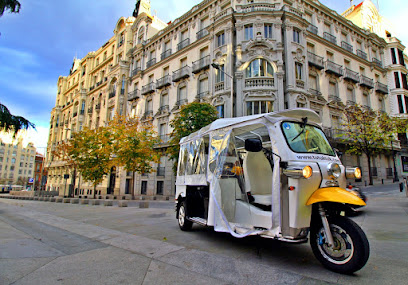
Monument to Federico Chueca
Experience the beauty and cultural significance of the Monument to Federico Chueca in Madrid's enchanting Parque del Retiro, a must-see for all visitors.

plaza de santa ana
Experience the vibrant heart of Madrid at Plaza de Santa Ana, where culture, history, and nightlife come alive in the Centro district.
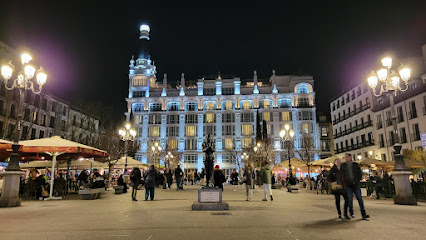
Guarida del Ratoncito Pérez
Experience the magic of Ratoncito Pérez in the heart of Madrid - a whimsical attraction bringing childhood tales to life.
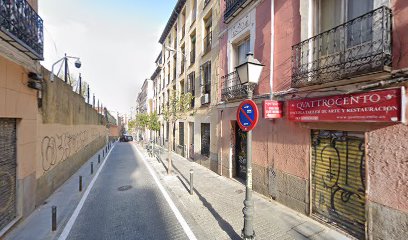
Essential places to dine
La Tita Rivera
Experience authentic Spanish cuisine at La Tita Rivera in Madrid—where vibrant flavors meet lively atmosphere.
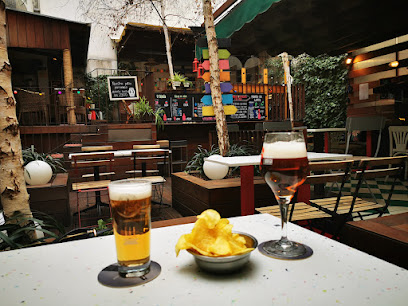
La Buha Chueca
Experience authentic Spanish cuisine at La Buha Chueca, where delicious tapas meet the vibrant heart of Madrid's culinary scene.
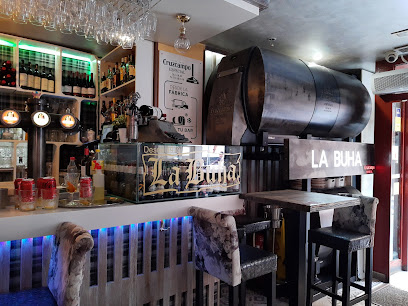
Le Coco
Savor innovative Spanish cuisine at Le Coco in Madrid's vibrant Centro district, where every dish tells a story.
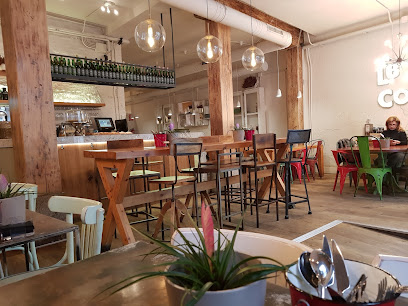
Fratelli d'Italia [ Chueca ]
Discover authentic Italian cuisine at Fratelli d'Italia in Chueca – where traditional flavors meet modern dining.
![Fratelli d'Italia [ Chueca ]](https://evendo-location-media.s3.amazonaws.com/RestaurantImages/6f15cc7a-595a-4fe1-9e51-709f3445ac80)
Sr. Ito
Experience authentic Japanese flavors at Sr. Ito in Madrid's Chueca district – where sushi meets contemporary style.
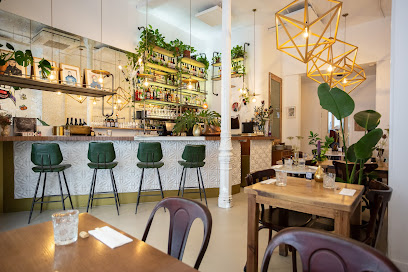
Casa Marius
Discover Casa Marius: A Mediterranean brasserie in Madrid serving exquisite rice dishes and authentic Spanish cuisine amidst a vibrant atmosphere.
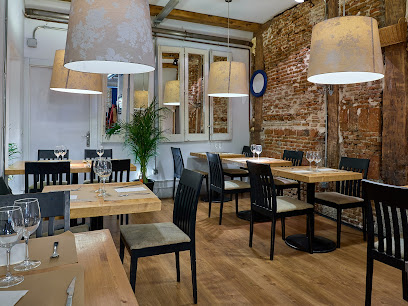
Taberna el Buo
Discover the essence of Spanish cuisine at Taberna el Buo - where tradition meets flavor in the heart of Madrid.
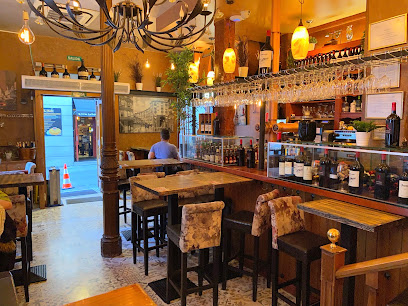
Baco y Beto, Taberna
Discover authentic Spanish cuisine at Baco y Beto, Taberna in Chueca – where every bite is a celebration of flavor!
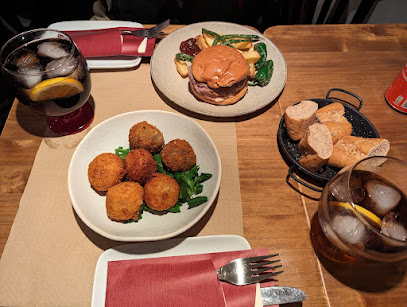
Secrets Chueca
Experience the best brunch in Madrid at Secrets Chueca - where modern cuisine meets vibrant atmosphere.
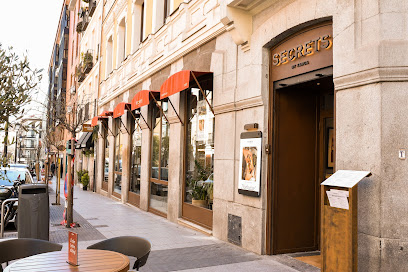
Brunchit - Chueca Madrid
Discover Brunchit in Chueca, where every bite celebrates fresh flavors and vibrant culinary creativity amidst Madrid's lively atmosphere.
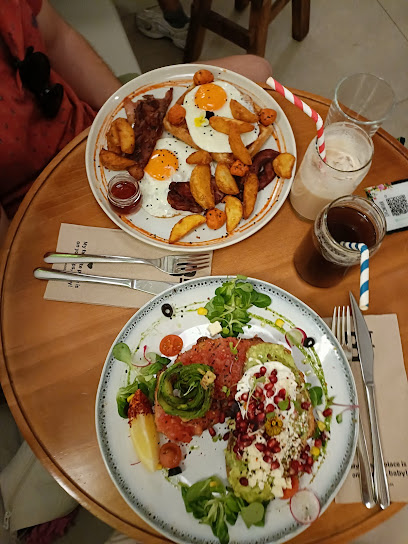
Markets, malls and hidden boutiques
Mumy Room Chueca
Discover unique fashion pieces at Mumy Room Chueca, a trendy clothing store in Madrid's vibrant Chueca neighborhood, perfect for every style enthusiast.
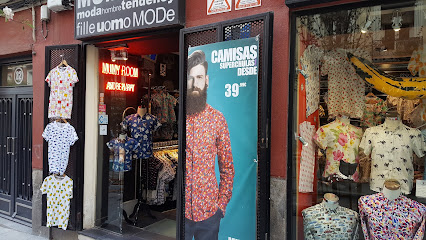
Mosaico Vintage - Madrid (Chueca)
Explore Mosaico Vintage in Chueca, Madrid, for unique fashion and an unforgettable shopping experience in a vibrant neighborhood.
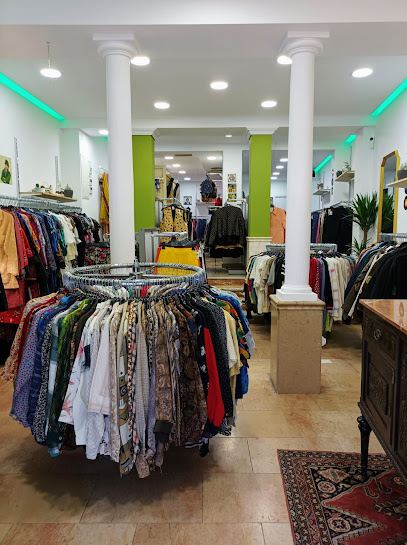
BAREI
Explore BAREI in Madrid for chic clothing and stylish accessories that define contemporary fashion in the heart of the city.
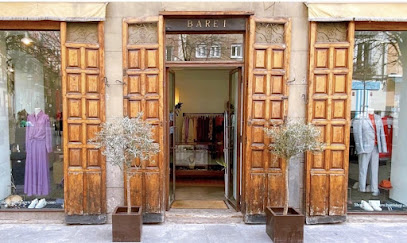
Gion
Explore Gion, Madrid's charming gift shop and clothing store, for unique souvenirs that reflect the heart of Spanish culture and style.
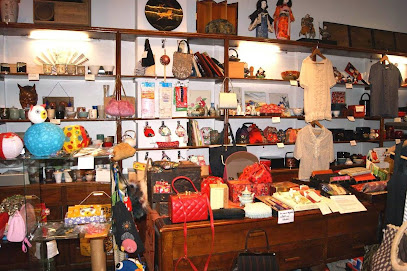
Outlet Chueca
Shop the latest trends at Outlet Chueca, Madrid's vibrant outlet store in the heart of the trendy Chueca neighborhood.

Alphaville Vintage Ropa Vintage Chueca
Explore Alphaville Vintage Ropa Vintage Chueca, the ultimate destination for unique vintage clothing and sustainable fashion in Madrid.
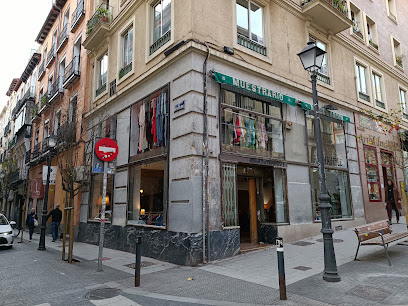
Antica Bellezza
Discover the elegance of Antica Bellezza, Madrid's premier women's clothing store, where fashion meets style in a chic shopping experience.
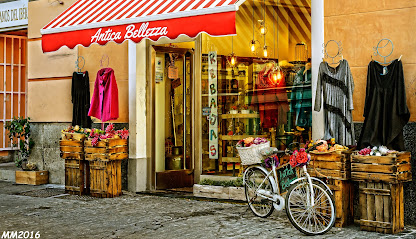
Secret Market Chueca
Explore Secret Market Chueca: A boutique clothing store in Madrid's vibrant Chueca district, offering unique fashion and local flair.
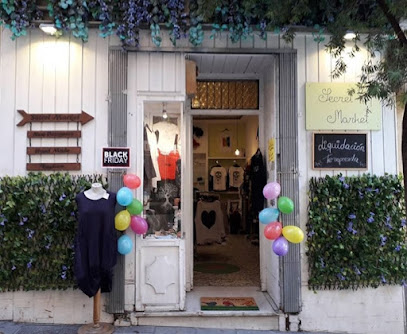
peSeta - tienda Chueca
Discover unique women's fashion and accessories at peSeta, a boutique that embodies the spirit of Madrid's Chueca neighborhood.
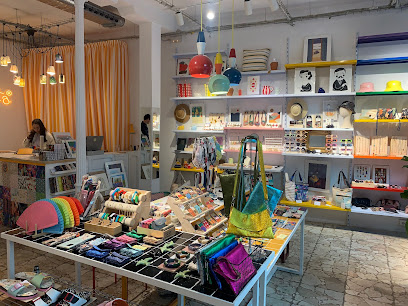
Even
Explore Even, a trendy clothing store in Madrid's Centro district, offering stylish apparel and sustainable fashion for every taste.
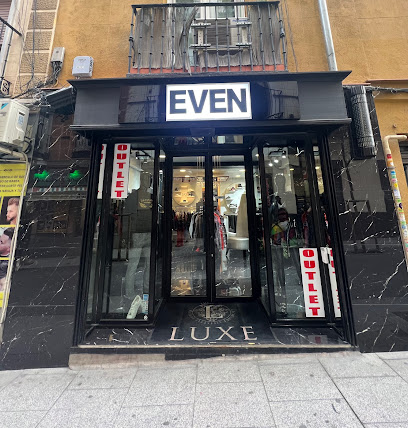
Essential bars & hidden hideouts
ZAFYRO Cocktail Experience
Discover the essence of Madrid's nightlife at ZAFYRO Cocktail Experience, where expertly crafted cocktails meet a vibrant atmosphere.
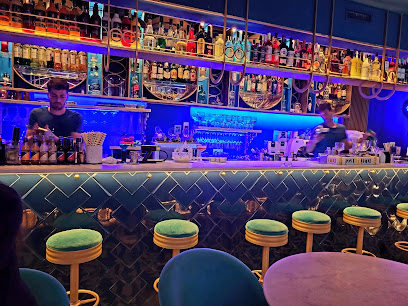
Bee Beer Chueca
Experience craft beer culture and authentic tapas at Bee Beer Chueca, Madrid's vibrant brewpub in the heart of Chueca district.
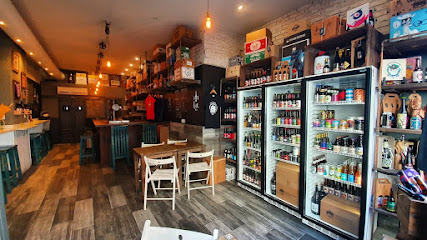
Baranoa Bar
Experience the vibrant spirit of Madrid at Baranoa Bar, where innovative cocktails meet an energetic atmosphere in the heart of Chueca.

Why Not
Experience the vibrant nightlife of Madrid at Why Not, a lively pub offering a diverse drink selection and a welcoming atmosphere.
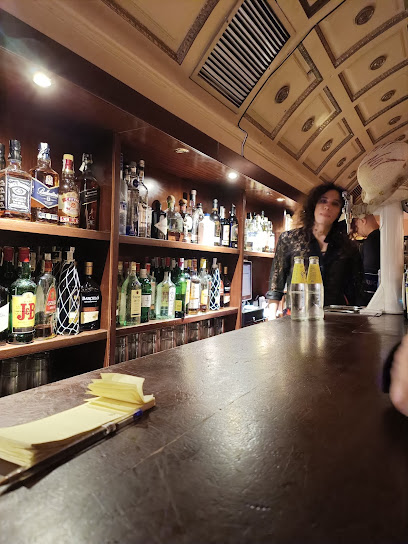
D'Mystic
Experience the vibrant atmosphere of D'Mystic, a premier gay bar in Madrid's lively Centro district, perfect for friends and fun.
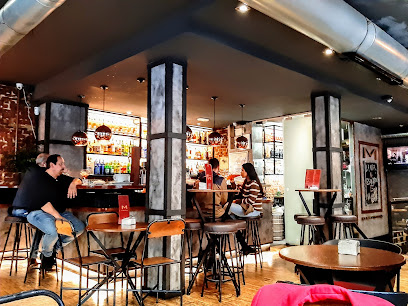
La Chuequita
Discover the essence of Spanish culture at La Chuequita, a lively tapas bar in Madrid's vibrant Chueca district, perfect for sharing flavors and experiences.
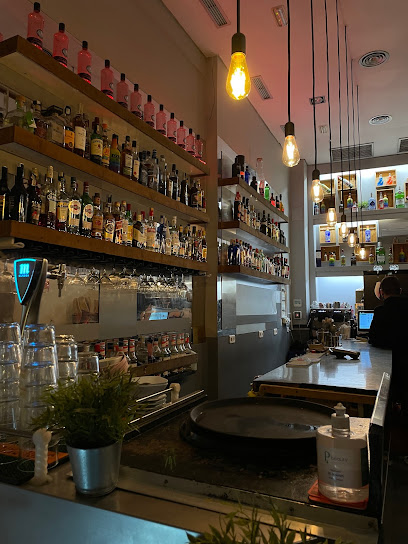
La Kama Bar
Discover the vibrant nightlife of Madrid at La Kama Bar, a premier gay and cocktail bar in the heart of Chueca, perfect for lively nights out.

Chuecking Tapas Bar
Experience authentic Spanish flavors at Chuecking Tapas Bar in the heart of Madrid, where tradition meets innovation in every bite.
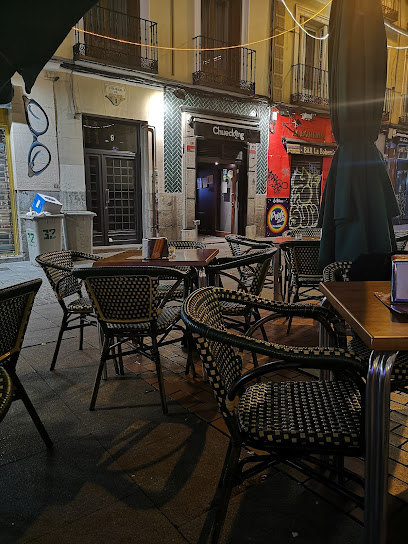
ONLY ONE CHUECA
Immerse yourself in the vibrant nightlife of Madrid at ONLY ONE CHUECA, where every drink tells a story and every night is an adventure.
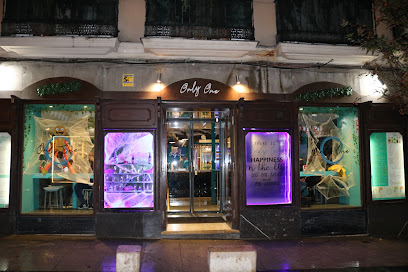
La Bohemia
Experience the vibrant nightlife of Madrid at La Bohemia, a lively bar in the Chueca district, perfect for cocktails and socializing.
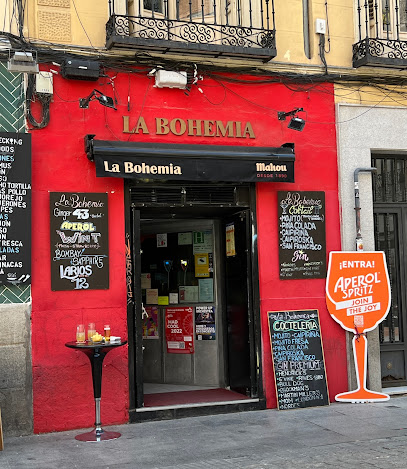
Local Phrases
-
- HelloHola
[o-la] - GoodbyeAdiós
[a-di-ós] - YesSí
[sí] - NoNo
[no] - Please/You're welcomePor favor/De nada
[por fa-vor/de na-da] - Thank youGracias
[gra-cias] - Excuse me/SorryPerdón/Lo siento
[per-dón/lo sien-to] - How are you?¿Cómo estás?
[¿có-mo es-tás?] - Fine. And you?Bien. ¿Y tú?
[bien. ¿y tú?] - Do you speak English?¿Hablas inglés?
[¿ha-blas in-glés?] - I don't understandNo entiendo
[no en-tien-do]
- HelloHola
-
- I'd like to see the menu, pleaseMe gustaría ver la carta, por favor
[me gus-ta-ría ver la car-ta, por fa-vor] - I don't eat meatNo como carne
[no co-mo car-ne] - Cheers!¡Salud!
[¡sa-lud!] - I would like to pay, pleaseMe gustaría pagar, por favor
[me gus-ta-ría pa-gar, por fa-vor]
- I'd like to see the menu, pleaseMe gustaría ver la carta, por favor
-
- Help!¡Ayuda!
[¡a-yu-da!] - Go away!¡Vete!
[¡ve-te!] - Call the Police!¡Llama a la Policía!
[¡ya-ma a la po-li-cía!] - Call a doctor!¡Llama a un médico!
[¡ya-ma a un mé-di-co!] - I'm lostEstoy perdido/a
[es-toy per-di-do/a] - I'm illEstoy enfermo/a
[es-toy en-fer-mo/a]
- Help!¡Ayuda!
-
- I'd like to buy...Me gustaría comprar...
[me gus-ta-ría com-prar...] - I'm just lookingSolo estoy mirando
[so-lo es-toy mi-ran-do] - How much is it?¿Cuánto cuesta?
[¿cuan-to cues-ta?] - That's too expensiveEsto es demasiado caro
[es-to es de-ma-sia-do ca-ro] - Can you lower the price?¿Puedes bajar el precio?
[¿pue-des ba-jar el pre-cio?]
- I'd like to buy...Me gustaría comprar...
-
- What time is it?¿Qué hora es?
[¿qué ho-ra es?] - It's one o'clockEs la una
[es la u-na] - Half past (10)Y media (10)
[y me-dia (10)] - MorningMañana
[ma-ña-na] - AfternoonTarde
[tar-de] - EveningNoche
[no-che] - YesterdayAyer
[a-yer] - TodayHoy
[ho-y] - TomorrowMañana
[ma-ña-na] - 1Uno
[u-no] - 2Dos
[dos] - 3Tres
[tres] - 4Cuatro
[cua-tro] - 5Cinco
[cin-co] - 6Seis
[seis] - 7Siete
[sie-te] - 8Ocho
[o-cho] - 9Nueve
[nue-ve] - 10Diez
[diez]
- What time is it?¿Qué hora es?
-
- Where's a/the...?¿Dónde está un/el...?
[¿dón-de es-tá un/el...?] - What's the address?¿Cuál es la dirección?
[¿cual es la di-rec-ción?] - Can you show me (on the map)?¿Puedes mostrarme (en el mapa)?
[¿pue-des mos-trar-me (en el ma-pa)?] - When's the next (bus)?¿Cuándo es el próximo (autobús)?
[¿cuan-do es el pró-xi-mo (au-to-bús)?] - A ticket (to ....)Un billete (a ....)
[un bi-lle-te (a ....)]
- Where's a/the...?¿Dónde está un/el...?
History of Chueca
-
Chueca's history dates back to the 16th century when it was part of the expanding city of Madrid. Originally a small neighborhood, it developed around the Plaza de Chueca, which was named after the 19th-century architect and urban planner, Federico Chueca. The area was characterized by its traditional architecture and was home to a diverse population.
-
In the 19th century, Chueca underwent significant urbanization, particularly during the expansion of Madrid under the reign of Queen Isabella II. This period saw the construction of many of the neighborhood’s iconic buildings, and Chueca began to attract a mix of artisans, workers, and the burgeoning middle class, leading to a vibrant community.
-
From the 1980s onwards, Chueca became known as the epicenter of Madrid's LGBTQ+ community, particularly after Spain legalized same-sex marriage in 2005. The neighborhood transformed into a vibrant hub of LGBTQ+ culture, hosting events like the annual Madrid Pride Parade (Orgullo), which attracts millions and celebrates diversity and acceptance.
-
In recent decades, gentrification has significantly altered Chueca's landscape, bringing an influx of new residents and businesses. While this has revitalized the area and made it a fashionable locale filled with boutiques, bars, and restaurants, it has also raised concerns about the displacement of long-time residents and the preservation of its unique cultural identity.
-
Chueca is home to several cultural institutions that reflect its rich history and modern vibrancy. The Teatro Maravillas, a historic theater, showcases performances that celebrate both traditional and contemporary Spanish culture. Additionally, the neighborhood hosts various festivals throughout the year, including the popular Veranos de la Villa, which features concerts and art exhibitions, further solidifying its role as a cultural hub in Madrid.
Chueca Essentials
-
Chueca is easily accessible from various neighbourhoods in Madrid. The neighbourhood is located near the centre, making it reachable by Metro, bus, or taxi. The closest Metro station is Chueca (Line 5), which connects well with major lines. From Sol, you can walk to Chueca in about 10 minutes. Alternatively, lines 1 and 2 serve nearby stations, and several bus routes (number 147, 150) also stop close by.
-
Chueca is a compact neighbourhood, perfect for exploring on foot. The pedestrian-friendly streets allow for easy navigation. For longer distances, the Madrid public transport system, including the Metro and buses, is efficient. Bicycles can be rented through the BiciMAD system, with various docking stations throughout the neighbourhood.
-
Chueca is generally considered safe for tourists, but standard precautions should be taken. Avoid poorly lit areas at night and be cautious of your belongings in crowded spots, especially near popular bars and clubs. Areas with higher crime rates include secluded alleys; it's wise to stay on main streets and be aware of your surroundings.
-
In case of emergency, dial 112 for immediate assistance. This number connects you with police, fire, and medical services. Familiarize yourself with the location of the nearest hospital (Hospital Clínico San Carlos) and pharmacy (numerous available). It’s advisable to have travel insurance that covers emergencies.
-
Fashion: Do embrace vibrant, stylish outfits, particularly in the evenings. Don't wear overly casual attire, such as flip-flops, when dining out. Religion: Do be respectful when visiting local churches, even if they're not prominent in Chueca. Public Transport: Do offer your seat to elderly passengers. Don't talk loudly or play music on public transport. Greetings: Do greet with a friendly 'Hola' and a smile. Don't use overly formal language unless necessary. Eating & Drinking: Do try local tapas and wines. Don't eat while walking, as it's considered impolite.
-
To experience Chueca like a local, visit the Mercado de San Antón for fresh produce and gourmet foods. Engage with local shopkeepers and ask for personal recommendations on eateries and bars. Participate in local events or festivals, especially during Pride Month, to immerse yourself in the vibrant culture. Seek out lesser-known bars away from the main squares for a more authentic experience.
Nearby Cities to Chueca
-
Things To Do in Segovia
-
Things To Do in Toledo
-
Things To Do in Avila
-
Things To Do in Valladolid
-
Things To Do in Salamanca
-
Things To Do in Burgos
-
Things To Do in Teruel
-
Things To Do in Zaragoza
-
Things To Do in Bragança
-
Things To Do in Valencia
-
Things To Do in Pamplona
-
Things To Do in Bilbao
-
Things To Do in Badajoz
-
Things To Do in Huesca
-
Things To Do in Santander










